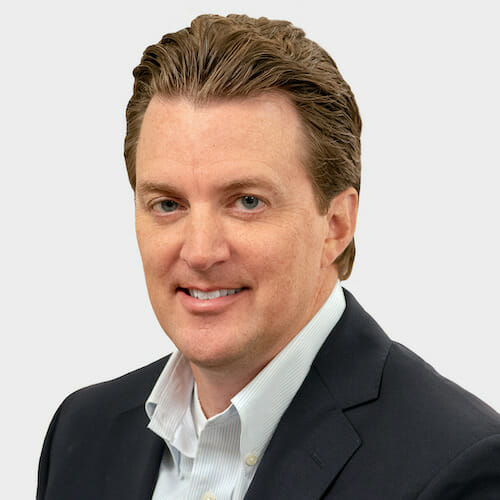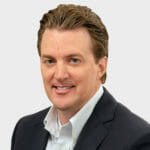
As the senior living industry prepares for the incoming surge of older adults caused by the aging US population, the most successful providers will be those that undergo a complete digital transformation. COVID-19 was a wake-up call that the industry no longer can stand by and forego the improvements and opportunities that technology offers.
The expected influx of new residents will require a proportional increase in services and costs. If we intend to properly care for our seniors and overcome staffing and other challenges that growing demand will create, then providers must understand the coming complexities and how technology will be key to managing through them.
Resident healthcare and safety
The 65-and-older population is projected to swell to 95 million by 2060, double the size from 2016, according to the most recent US Census National Population Projections In addition, by 2034, it is projected that older adults will outnumber children for the first time in US history.
It will take more than investment in constructing modern senior living communities to meet the needs of the older adult population boom. Increased adoption of digital health monitoring devices, wearables, mobile apps and holistic assisted living management software platforms will unlock our ability to scale and meet the care needs of aging seniors.
Automated processes driven by software improve infection prevention, medication administration, day-to-day resident care documentation and even family engagement. Paper, manual data entry and routine phone calls and emails will be replaced by systems that (already) track and share information and updates automatically. Senior living-designed software will drive compliance and consistency across processes and improve resident safety by ensuring that care and services are administered properly and on time.
Staffing and job satisfaction
Technology also is one of the biggest weapons in combatting staffing shortages and burnout. The increasing demands of running a senior living community and properly caring for residents can be offset by improved work processes, easier access to information and better communication — which in combination improve the work experience and ease staff burnout and turnover.
We already are discovering improved job satisfaction among caregivers who have easy-to-use mobile apps and real-time information at their fingertips. Automation allows them to accomplish more in less time and replaces hours spent on documentation with time to do what they love: spending time with residents.
And although the industry’s biggest staffing challenge today is retaining care staff, the increased demand over the next decades will put more pressure on every area of staffing. For example, the aging population will create more work around billing, payment collection and reconciliations. Senior living management and care software will alleviate pressures in managing everything from staff schedules to resident care to financials.
Lower operating costs
Consider the ability of software to scale with the growth of your business. As your portfolio grows, your senior living software platform should accommodate more users and capacity seamlessly, which will make it possible to do more with less and keep operating costs down.
Technology also gives operators wider and deeper insight into every corner of their operations for continuous and sustainable improvement. With one platform that runs on one central data repository, you get a complete, consolidated view of your business. Real-time data affords the opportunity to track performance, spot trends and forecast. Better decisions and oversight require fresh, clean data.
On top of all those concerns, senior living leaders also have to focus on the business side of their operations and need a software platform that optimizes sales and marketing to help manage leads, track spending and engage with the massive number of potential new residents the coming years will provide.
Technology also can help residents find the right community that will provide a rewarding and healthy overall living experience. Older adults should feel a sense of community and engagement, with software tools that keep them informed on community happenings and allow them to easily connect with family.
Integrated platforms are the solution of choice
Operators most certainly have options when it comes to choosing senior living software solutions. A scalable platform that seamlessly connects all your business functions across the full resident lifecycle, however, will deliver the highest return on investment without increasing your staff or your IT costs. At the same time, the system’s ability to support the unique complexities of managing senior living — and the vendor’s industry expertise — stands to provide even greater value. The industry’s ability to provide a progressively better experience for more and more seniors without sacrificing business outcomes will hinge on the software solutions providers choose as their business engines.
Brad Frasher is the executive vice president of Glennis Solutions, a software solution provider offering a fully integrated platform designed in conjunction with a senior living provider. He has more than 20 years of experience in senior housing managing teams and functions that include operating budgets, procurement, workforce management, acquisition and development underwriting, revenue management and data science.
The opinions expressed in each McKnight’s Senior Living marketplace column are those of the author and are not necessarily those of McKnight’s Senior Living.
Have a column idea? See our submission guidelines here.




